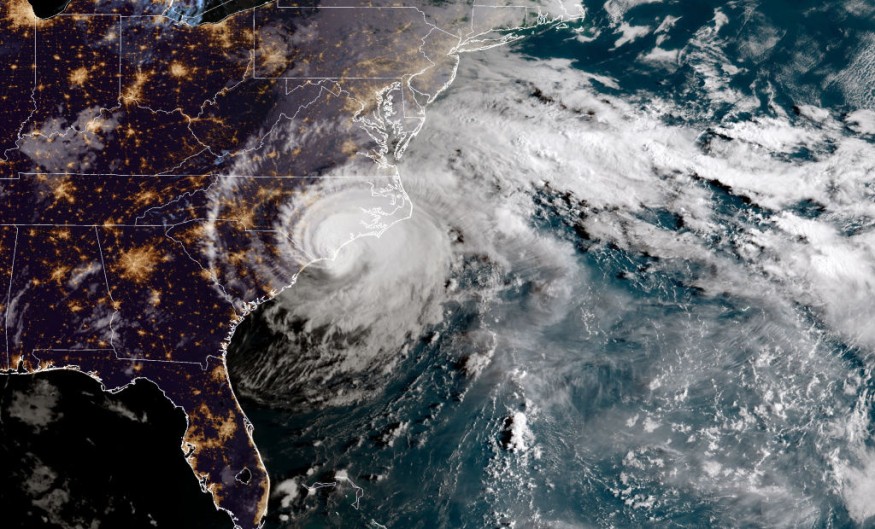Hurricanes have left a trail of destruction across the United States, especially on the Gulf Coast and Eastern Seaboard in recent years.
With the upcoming 2022 Atlantic hurricane season in June, meteorological experts have reportedly warned people in the Eastern US to brace for another set of tropical storms.
As climate change has long been thought to increase the frequency, intensity, and size of storms worldwide, the upcoming hurricane season is also affected by La Niña, a climate pattern responsible for altering ocean surface temperatures.
In the US, the upcoming hurricane season comes almost a year after Hurricane Ida, a Category 4 Atlantic hurricane, made landfall in the state of Louisiana in August 2021, causing a large number of fatalities, extensive material damage, and billions of US dollars' worth of damage.
The US hurricane season officially starts on June 1 and lasts until November 30 each year.
During this period, both named and unnamed storms can bring hurricane-force winds and heavy rain with flooding.
Coastal communities are the first areas to be impacted by these natural hazards.
NOAA New York Press Briefing

The National Oceanic and Atmospheric Administration (NOAA), during a press briefing at the New York City Emergency Management Department in New York City on Tuesday, May 24, stated the ongoing La Niña in the eastern Pacific Ocean and hot temperatures over the Atlantic Ocean will set the stage for a busy hurricane season, which is about to start in less than a week.
New York City Mayor Eric Adams reportedly stated people should refocus on the new reality that lies ahead, particularly on the environmental changes that affect our daily lives.
The Big Apple was one of the most affected areas struck by Hurricane Ida last year.
In October 2012, Hurricane Sandy also devastated the New York metro area, a testament to the long-lasting impact of storms.
Since then, the forecasting accuracy of the NOAA has improved which allows better prediction of major hurricanes and their impacts, says NOAA Administrator Rick Spinrad.
The New York City press briefing is based on the NOAA 2022 Atlantic Hurricane Season Outlook issued on Tuesday.
2022 Atlantic Hurricane Season
With a looming threat of renewed destructive winds brought by hurricanes, meteorologists from the Climate Prediction Center (CPC) of NOAA's National Weather Service (NWS) stated there is a 70% chance that 14 out of 21 named storms will reach winds of up to 39 miles per hour or more.
In addition, six out of 10 of these storms can become hurricanes with winds of 74 mph or higher.
While three out of six major hurricanes could be classified as either a category 3, 4, or 5 hurricanes, with winds of 111 mph or more.
Furthermore, Secretary of Commerce Gina Raimondo stated early preparation and understanding of the risks are the key to hurricane resilience and being climate-ready, according to the NOAA.
La Niña and Hurricane Activity
Since La Niña can influence hurricane activity and other weather events, the atmospheric and oceanic phenomena have been responsible for excessive torrential rain in some Pacific coastal countries due to its temperature-altering effects.
According to the World Meteorological Organization (WMO), La Niña cools the ocean surface temperatures in the eastern equatorial Pacific Ocean, altering tropical atmospheric circulation like pressure, rainfall, and winds.
As early as November 2021, the WMO predicted the phenomenon may last until early 2022.
However, in light of the recently released NOAA report, the Atlantic hurricane season may see relatively stronger or weaker storms in the US compared to previous years.
Following the New York press briefing, NOAA experts will reportedly continue to work "around-the-clock" to issue timely, accurate forecasts and warnings throughout the season.
© 2025 NatureWorldNews.com All rights reserved. Do not reproduce without permission.





